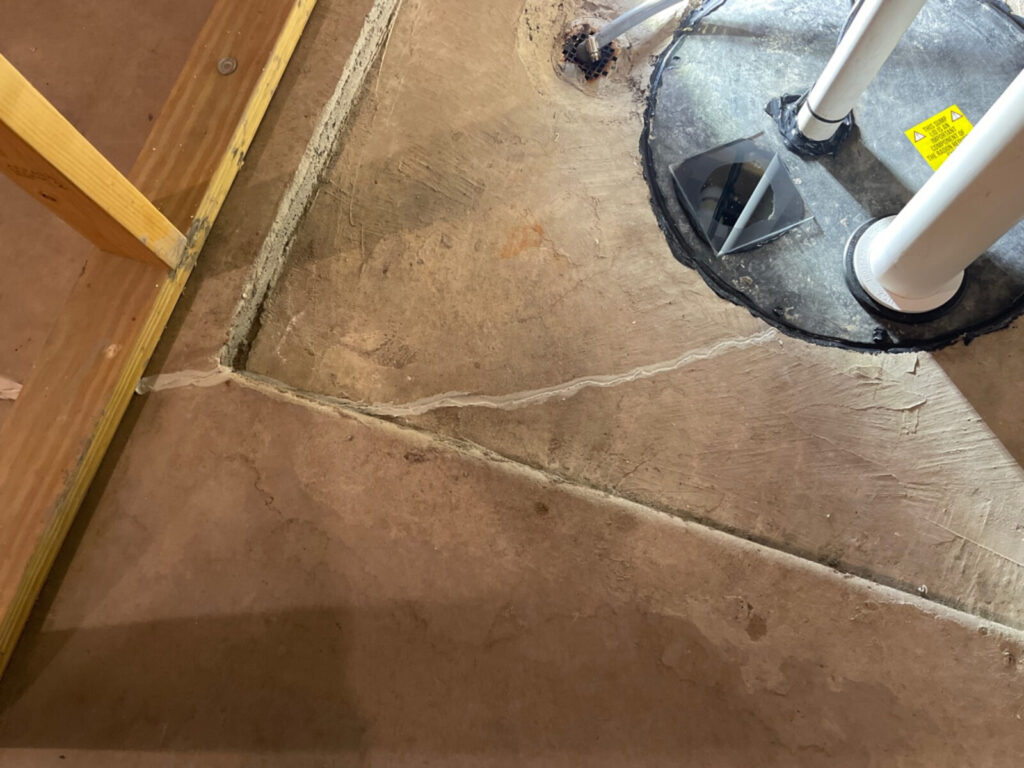Foundation crack repair, in the context of radon mitigation, refers to the process of sealing or fixing cracks in the foundation of a building as part of efforts to reduce radon levels. Radon can enter homes through openings in the foundation, such as cracks in basement floors, walls, and other structural elements. Repairing these cracks is a crucial step in preventing the entry of radon gas and reducing indoor radon concentrations.
Here’s how foundation crack repair is related to radon mitigation:
- Identification of Entry Points:
- Radon can seep into homes through openings in the foundation.
- Cracks in basement floors and walls are common entry points for radon.
- Sealing Cracks:
- Foundation crack repair involves sealing these openings using appropriate materials.
- This can include the application of sealants or the installation of specialized materials to block radon entry.
- Complementary Radon Mitigation Measures:
- Foundation crack repair is often combined with other radon mitigation strategies, such as the installation of a radon mitigation system.
- In some cases, sealing foundation cracks alone may not be sufficient, and additional measures like active soil depressurization (ASD) systems may be recommended.
- Professional Assessment:
- A professional radon mitigation contractor may assess the building to identify and address potential radon entry points.
- The repair process is tailored to the specific characteristics of the foundation and the severity of the radon issue.
By addressing foundation cracks and other potential entry points, homeowners can help prevent the intrusion of radon gas into their living spaces. It’s important to note that while foundation crack repair is a valuable component of radon mitigation, comprehensive testing and mitigation strategies may be necessary to ensure effective reduction of indoor radon levels.





